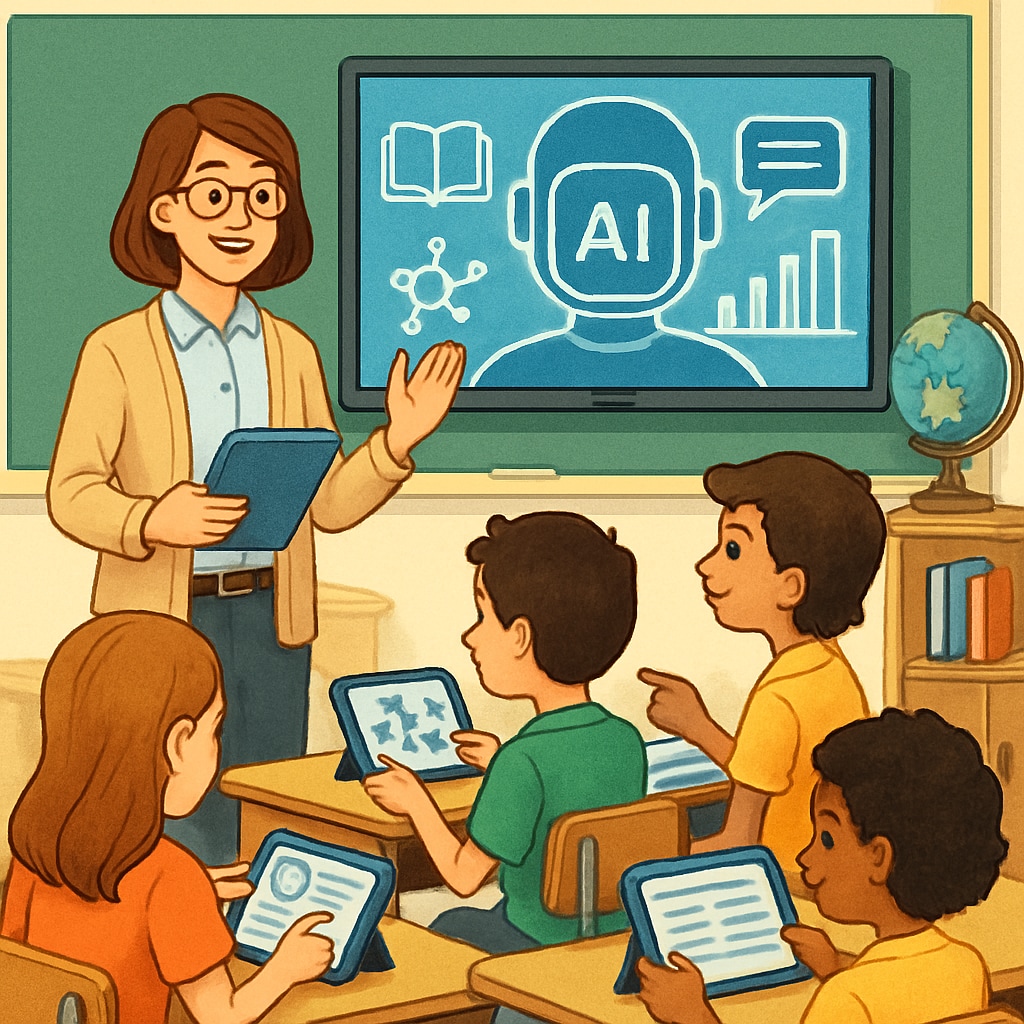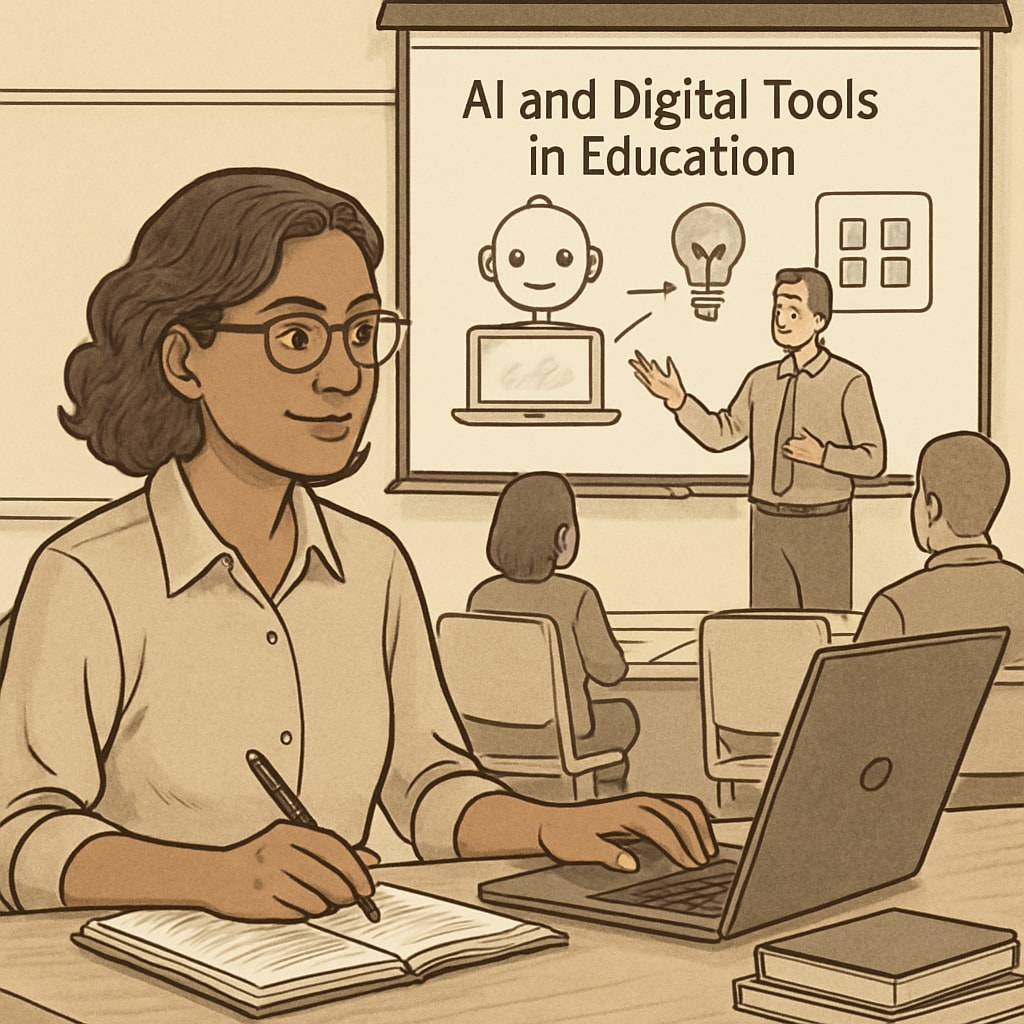The integration of AI tools like Google Gemini into education is revolutionizing traditional teaching methods, raising questions about “AI in education,” “teacher value,” and “technical ability.” As AI-powered platforms take on tasks like personalized lesson planning and adaptive assessments, educators face both opportunities and challenges. This article examines how AI is reshaping the teaching profession, the implications for teacher compensation, and strategies for educators to maintain their relevance in this rapidly evolving landscape.
How AI Tools Are Transforming Education
Advancements in AI, such as Google Gemini, have significantly impacted the education sector. These technologies can analyze student data in real-time, recommend tailored learning paths, and even perform administrative tasks that traditionally required human intervention. For example, AI systems can identify gaps in student understanding and provide targeted resources, improving efficiency and educational outcomes.
However, this transformation brings challenges. If machines can perform tasks traditionally associated with teachers, educators may face diminishing roles in certain areas. This shift demands a redefinition of what constitutes teacher value in the age of AI.

Rethinking Teacher Value in the AI Era
As AI increasingly takes over administrative and instructional tasks, the unique value of teachers must be reconsidered. Teachers offer emotional support, mentorship, and social interaction—elements that AI cannot replicate. These human-centric roles are vital for student development but are often underappreciated in discussions about educational efficiency.
To adapt, educators must embrace technology while emphasizing their irreplaceable human qualities. For instance:
- Developing expertise in AI tools to complement traditional teaching methods
- Focusing on skills like empathy, communication, and cultural competence
- Positioning themselves as facilitators of holistic education rather than mere knowledge providers
In addition, institutions should prioritize training programs that equip teachers with the technical skills needed to integrate AI into their practices effectively.

The Impact of AI on Teacher Compensation
The emergence of AI raises critical questions about teacher salaries. If AI reduces the time and effort required for certain tasks, will this lead to lower compensation? On the other hand, educators who master AI tools may command higher wages due to their enhanced capabilities.
The answer lies in how schools and policymakers perceive and value teaching roles. Teachers should advocate for salary structures that reflect their evolving responsibilities, including their ability to manage and utilize AI systems. Emphasizing their human-centric contributions, such as emotional intelligence and mentorship, is also crucial in salary negotiations.
For example, schools that adopt AI systems could offer tiered pay scales based on technical proficiency, rewarding teachers who actively integrate AI into their methodologies.
Strategies for Educators to Thrive in an AI-Driven World
To navigate the challenges posed by AI in education, teachers can consider the following strategies:
- Continuous Learning: Stay updated on emerging AI technologies and their applications in education.
- Collaboration: Work closely with AI developers to tailor tools that address specific classroom needs.
- Advocacy: Actively participate in discussions about curriculum changes and policy reforms to ensure fair compensation and recognition.
- Innovation: Experiment with hybrid teaching models that combine AI efficiency with human interaction.
By proactively adapting to technological shifts, educators can ensure their roles remain indispensable in the AI-driven educational landscape.
Readability guidance: Use concise paragraphs and lists to summarize complex ideas. Include transitional phrases like “for example,” “on the other hand,” and “as a result” to enhance flow and comprehension.


